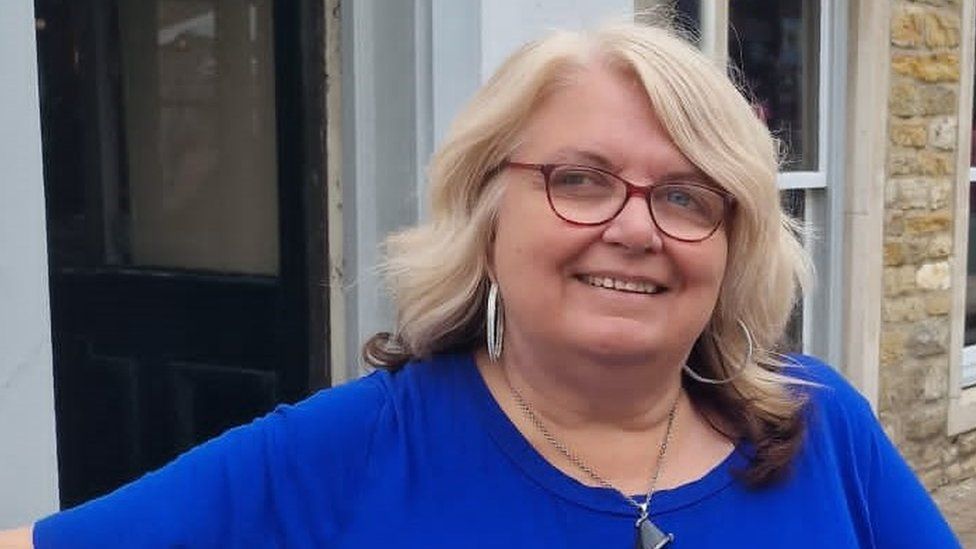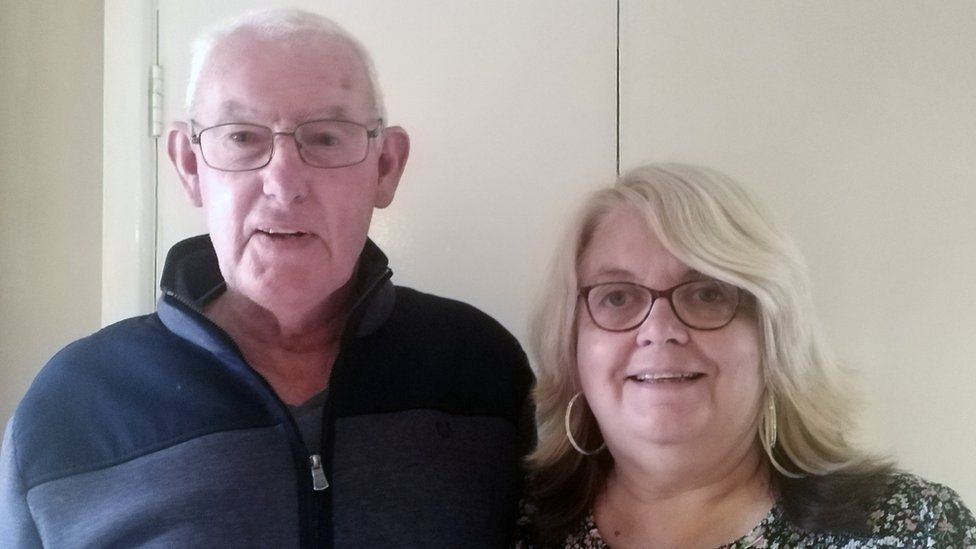Abstract
Background and Objectives It is difficult to predict poststroke outcome for individuals with severe motor impairment because both clinical tests and corticospinal tract (CST) microstructure may not reliably indicate severe motor impairment. Here, we test whether imaging biomarkers beyond the CST relate to severe upper limb (UL) impairment poststroke by evaluating white matter microstructure in the corpus callosum (CC). In an international, multisite hypothesis-generating observational study, we determined if (1) CST asymmetry index (CST-AI) can differentiate between individuals with mild-moderate and severe UL impairment and (2) CC biomarkers relate to UL impairment within individuals with severe impairment poststroke. We hypothesized that CST-AI would differentiate between mild-moderate and severe impairment, but CC microstructure would relate to motor outcome for individuals with severe UL impairment.
Methods Seven cohorts with individual diffusion imaging and motor impairment (Fugl-Meyer Upper Limb) data were pooled. Hand-drawn regions-of-interest were used to seed probabilistic tractography for CST (ipsilesional/contralesional) and CC (prefrontal/premotor/motor/sensory/posterior) tracts. Our main imaging measure was mean fractional anisotropy. Linear mixed-effects regression explored relationships between candidate biomarkers and motor impairment, controlling for observations nested within cohorts, as well as age, sex, time poststroke, and lesion volume.
Results Data from 110 individuals (30 with mild-moderate and 80 with severe motor impairment) were included. In the full sample, greater CST-AI (i.e., lower fractional anisotropy in the ipsilesional hemisphere, p < 0.001) and larger lesion volume (p = 0.139) were negatively related to impairment. In the severe subgroup, CST-AI was not reliably associated with impairment across models. Instead, lesion volume and CC microstructure explained impairment in the severe group beyond CST-AI (p's < 0.010).
Discussion Within a large cohort of individuals with severe UL impairment, CC microstructure related to motor outcome poststroke. Our findings demonstrate that CST microstructure does relate to UL outcome across the full range of motor impairment but was not reliably associated within the severe subgroup. Therefore, CC microstructure may provide a promising biomarker for severe UL outcome poststroke, which may advance our ability to predict recovery in individuals with severe motor impairment after stroke.
Glossary
- AIC=
- Akaike's Information Criterion;
- BET=
- Brain Extraction Tool;
- CC=
- corpus callosum;
- CST=
- corticospinal tract;
- CST-AI=
- CST asymmetry index;
- DTI=
- diffusion tensor imaging;
- FA=
- fractional anisotropy;
- FM-UL=
- Fugl-Meyer UL;
- FSL=
- FMRIB's Software Library;
- MEP−=
- motor evoked potential negative;
- MEP+=
- motor evoked potential positive;
- ROIs=
- regions of interest;
- SRRR=
- Stroke Recovery and Rehabilitation Roundtable;
- UL=
- upper limb
Footnotes
Go to Neurology.org/N for full disclosures. Funding information and disclosures deemed relevant by the authors, if any, are provided at the end of the article.
↵* These authors contributed equally as first authors.
Submitted and externally peer reviewed. The handling editor was Brad Worrall, MD, MSc.



